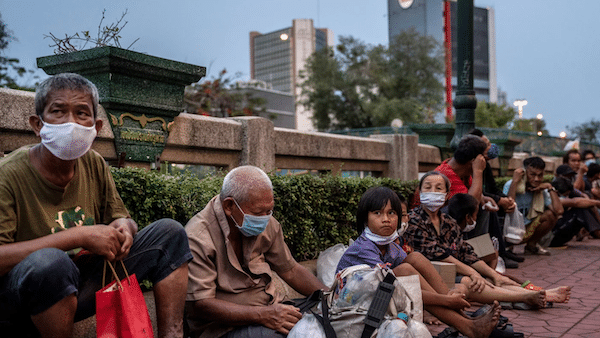Whether it be due to the loss of income, access to education, or proper medical care, many of our lives are being negatively impacted by the Covid-19 pandemic this very second. Such short-term effects are already so severe that the long-term effects of the virus are understandably too much to cope with for most. Nevertheless, the world cannot afford to ignore such issues, because the long-term impact could last for decades if left unresolved.
One such major issue is the rise in poverty: widespread Covid-19 restrictions have slowed down economies and created a global recession that is now consuming the world. Consequently, millions are without a source of income and risk falling into extreme poverty. According to a World Bank report, Covid-19 may possibly push an additional 150 million people into extreme poverty in 2021 alone, affecting over 700 million people in total by the end of the year.
As indicated in the International Labour Organization’s (ILO) 2021 recent report on World Employment and Social Outlook, the world will face a bleak situation with the loss of 75 million jobs by the end of this year. The report goes on to state that “five years of progress towards the eradication of working poverty have been undone, as working poverty rates have now reverted to those of 2015”.
Rise in Global Poverty
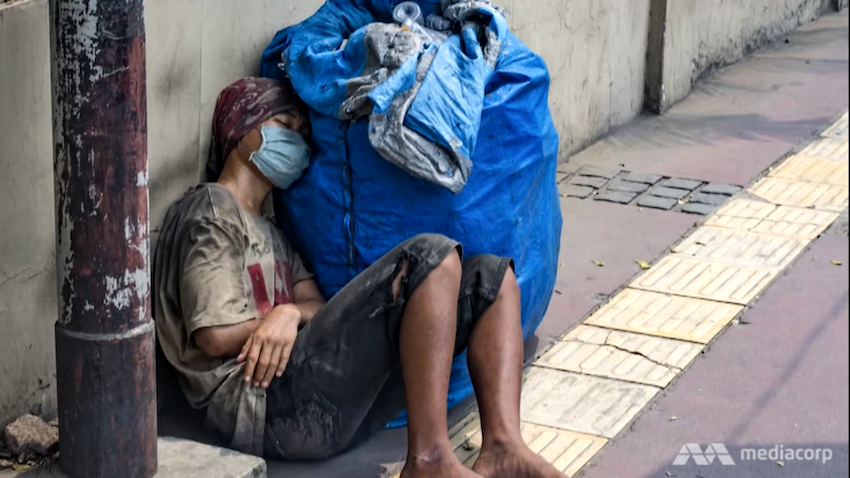
The World Bank defines extreme poverty as living on less than $1.90 per day. The United Nations Guiding Principles on Extreme Poverty and Human Rights further define extreme poverty under an accumulation of insecurities – such as a lack of identity papers, unsafe housing, insufficient food, and lack of access to health care and education. One in ten people fall into this category of the poorest in the world and experience harsh realities worsened by the Covid-19 pandemic.
A UNU-WIDER Paper revealed that even a 5% shock could push the relative incidence of global poverty upwards for the first time since 1990. This means that the current poverty rate of 9.9% of the world’s population could rise to at least 11%. These shifts are equivalent to over 80 million people falling into extreme poverty each day. The study also found that increases in poverty did not only arise in the category of those living below the poverty line of $1.90 a day, but also in the number of people living on less than $3.20 per day.
Additionally, there may not only be an increase in the incidence of global poverty, but the intensity and severity of poverty are also likely to exacerbate due to the pandemic. The study goes on to note that the resources needed to sufficiently lift the incomes of those below the poverty lines could be over $700 million a day under a possible 20% percent contraction.
Rise of the New Poor
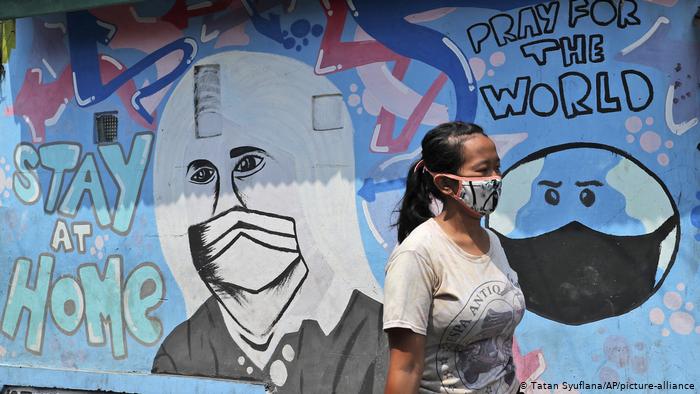
This sudden rise in poverty has led to what is now known as the “new poor”. As explained in The Guardian, the rise of the new poor is a result of those who were barely above the poverty line falling back into this dangerous threshold. According to Andrew Shepherd, Director of the Chronic Poverty Advisory Network, those who were not impoverished in normal circumstances stand at the risk of becoming part of the new poor in “middle-income countries where families have left poverty in recent memory and are vulnerable to sinking back into it.”
The World Bank also echoes these concerns in the Poverty and Shared Prosperity Report, which estimates that 82% of the new poor will be in middle-income countries where high poverty rates are already rampant. The new poor survive on fragile livelihoods where they can only afford to put a meal on the table when receiving a steady income. Unfortunately, this means that for those who are living paycheque to paycheque, the Covid-19 pandemic is proving to be their personal Armageddon.
Additionally, the new poor may not only be in countries where poverty is high, but also in countries that are no longer among the poorest. The paper published by UNU suggests that much of the poor have moved just above the poverty line – highlighting that recent progress in eradicating poverty is relatively precarious. Furthermore, it shows that the risk of becoming one of the new poor is prevalent throughout Southeast Asia, which is a region where many live on the cusp of poverty. This increase of new poor in middle-income countries could change the distribution of global poverty, with approximately 20% found in East Asia and the Pacific.
Rise in Poverty in Southeast Asia
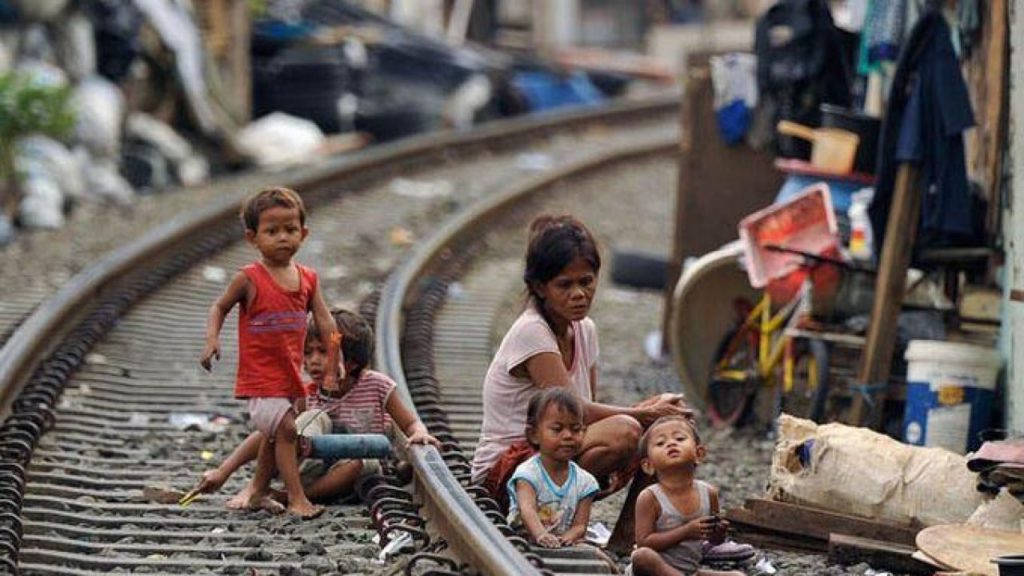
Southeast Asia was one of the first regions affected by the Covid-19 pandemic, and strict restrictions are still ongoing in some areas. At a workshop held in May 2021, Associate Prof. Dr. Nguyen Huy Hoang noted that the Association of Southeast Asian Nations (ASEAN) economies are in severe stagnation due to lockdown and social distancing measures. He explains that the pandemic is disrupting supply chains and freezing demand, causing a slump in tourism, trade, and investment activities in the region.
The damage does not end there, as the pandemic leads to greater social instability and a public health crisis. The ASEAN Rapid Assessment: Impact of Covid-19 on Livelihoods identifies that these issues further aggravate the level of poverty. It states that “gaps in public health provision, high out-of-pocket health costs, and unequal access to healthcare between different socio-economic groups contribute to the disproportionate impact on the poor”. In simpler but equally grave terms, this translates to the poor being affected the most, while also taking the longest to recover, compared to all other socio-economic groups.
Impact of Covid-19 on Poverty in Southeast Asia
As we have seen, the Covid-19 pandemic has been a serious trigger in significantly increasing levels of poverty this year. This in turn may permanently influence other areas of development such as education and employment. According to Homi Kharas, a senior fellow for global economy and development at the Brookings Institution, the impact of the pandemic could last well beyond 2030 for the poor, as certain effects could be irreversible for some.
The longer-term scenario suggests that half of the rise in poverty could be permanent. By 2030, the poverty numbers could still be higher than the baseline by 60 million people.
Homi Kharas, Senior Fellow – Brookings Institution
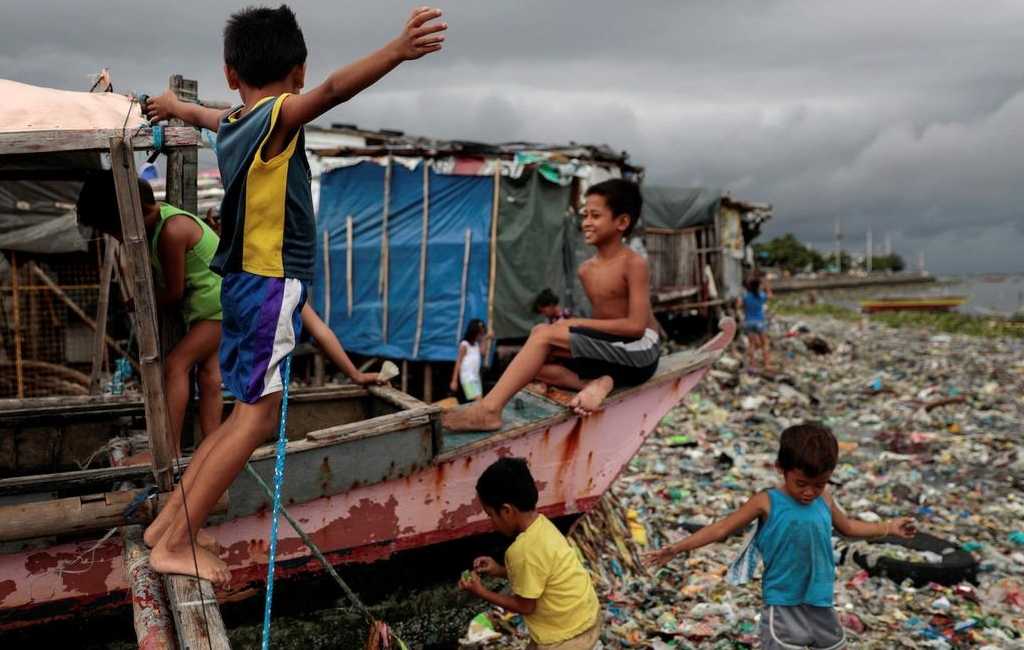
Lack of Access to Education
ASEAN’s education sector is in dire conditions ever since schools closed down in early 2020. Since the nature of the virus is extremely unusual, many schools were not ready for remote teaching and learning. Students did not have universal access to digital learning platforms and education institutions struggled with implementing online and home-based learning.
You have 1 billion kids out of school, and online education not accessible to many children in developing countries. We have done a lot of analysis on this, but just an extra year of school enhances earnings to the degree that if you lose that school year, then the estimate through lifespan, globally, means you are looking at a reduction in world GDP of $10tn.
Axel van Trotsenburg, Managing Director of Operations – World Bank.
Due to these shortcomings, school closures threaten to result in a high number of drops outs and long-term losses in learning outcomes. Thus, existing inequalities will widen among those who have access to the internet and digital devices and those who do not, isolating those in poverty even further. According to the ASEAN Rapid Assessment, over 152 million children and youth in the region are estimated to be affected by the impact of the Covid-19 pandemic.
Loss of Employment
Another impact of Covid-19 is the loss of employment across Southeast Asia. Only a few months after the pandemic had begun, the Philippines recorded 8 million job losses by April 2020. Malaysia, Singapore, and Thailand also significantly cut back on employment, with those in informal labor markets experiencing the brunt of it.
Informal workers are more likely to lose their jobs, as they lack employment contracts. Additionally, informal workers who are self-employed also tend to be in low-end service jobs – such as retail trade, which were largely affected by the Covid-19 restrictions. Such informal workers have limited legal recourse and access to social safety nets, making them more likely to fall into poverty.
Gender has also been a factor – many other labor markets with a large share of women are also experiencing high unemployment due to the pandemic. Accommodation, food services, wholesale and retail trade are some areas where workers are predominantly women. These sectors link to the tourism industry, which has come to a staggering halt due to widespread travel restrictions. Due to this, a high number of women will likely lose their jobs during the pandemic and contribute to the rise in poverty.
For instance, a study conducted in Malaysia found that low income households headed by females are exceptionally vulnerable during the pandemic, with higher unemployment rates at 32% in comparison to the total heads of households. Female headed households are also prone to lower rates of access to social protection, with a majority of 57% having zero access.
Poverty Alleviation and Inequity Reduction
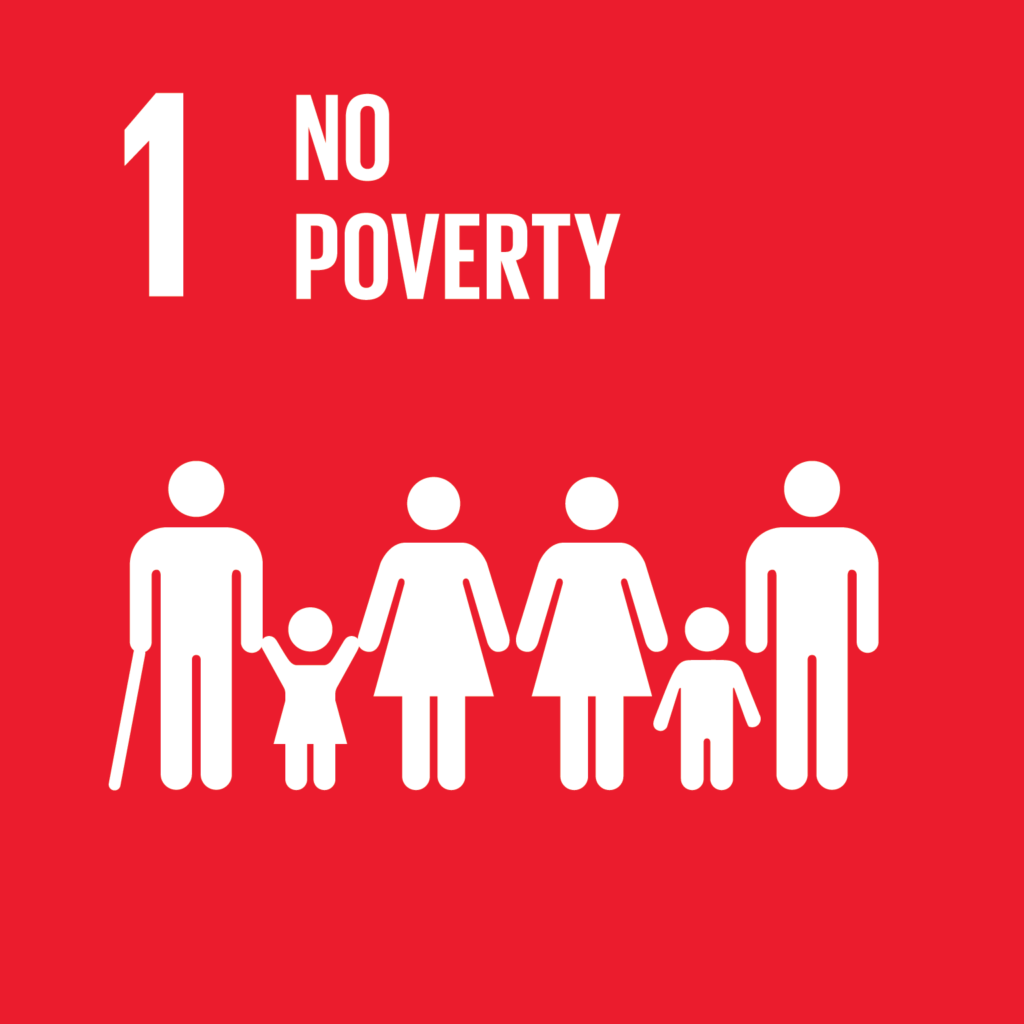
One important realization that we face from this significant rise in poverty is how fragile the existing policies and programs are. Developing nations could not cope with the pandemic and were unable to sufficiently protect the poor. Whether it be in terms of providing social safety nets or digital access, the current state of these nations proves that there is still much to be done to alleviate poverty and reduce inequities.
The COVID-19 pandemic has posed unprecedented challenges for policymaking in Asia and the Pacific, setting back development gains by years, if not decades, and revealing the lack of preparedness of many countries for dealing with such shocks.
Armida Salsiah Alisjahbana, Under-Secretary-General of the United Nations
While the Under-Secretary-General highlights that Asian and Pacific countries did initiate substantial policy responses to cope with the crisis, the need for greater improvement cannot be denied. ESCAP alternatively recommends a more comprehensive approach for building resilience against future shocks in the region. A “build forward better” policy package was also proposed to ensure universal access to healthcare and social protection. This will avoid the exclusion of vulnerable groups from policy responses to prevent entrenching existing poverty and further expanding the number of poor.
Nonetheless, social distancing, quarantine measures, and travel restrictions imposed to contain the virus also create serious economic costs. Accordingly, both the health and economic sectors must be a priority for policymakers. Such comprehensive policymaking can prevent the impact of a crisis from further increasing inequalities.
Government-led Social Protection Programmes
The Diplomat explains that planning for future shocks means investing in shock-responsive social protection systems with scalability. This ability to scale up rapidly will provide more benefits to existing beneficiaries and also expand coverage to meet the needs of additional people, including the new poor during the Covid-19 crisis.
Thus far, nations in East Asia and the Pacific have implemented various short-term social protection measures to combat the impact of the pandemic. Some of these responses include emergency cash transfers to affected groups, utility and mortgage fee waivers, and food distribution to poor households. Additionally, eight ASEAN member states also adapted their social insurance programmes, with the most common response being the waiving of contribution requirements for all insured workers.
In June 2020, ASEAN Ministers responsible for social welfare and development resolved to “facilitate the access to social protection with appropriate allocation of public funds for social spending. Provide access to all essential goods and services to safeguard the well-being and livelihoods of the poor children, older persons, persons with disabilities, women and girls, migrant workers, and other vulnerable groups in times of crisis”. Furthermore, they also committed to leverage technology advances and address the digital divide in the region to develop comprehensive and integrated post-pandemic recovery programs.
Furthermore, regional collaboration is now more important than ever. As the highly infectious virus knows no borders, nations have a unique opportunity to work together and utilize the region’s collective resources. This will be an important factor in improving the livelihoods of their citizens. As aptly stated in the ASEAN report, “it is imperative that ASEAN member states invest in social and human capital to respond to a post-COVID-19 world flexibly and productively. Ultimately, shaping the future’s new normal means investing in people today”.
Volunteer Initiatives
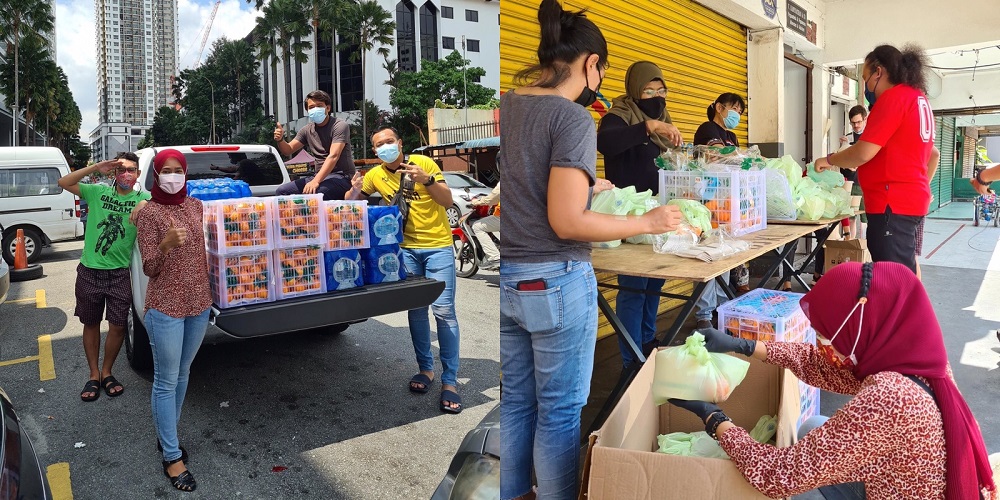
In addition to government efforts, there has been considerable support from volunteers and NGO’s in assisting the poor during the pandemic. An example of this is Global Citizen, an international education and advocacy organization working towards the goal of eradicating extreme poverty by 2030. Launched in 2012, the organization initiated the Global Citizen Poverty Project, which continues to work with volunteers and partner organizations to take action in assisting the poor during the ongoing pandemic.
Back in April 2020, Global Citizen held a virtual One World Together at Home concert to advocate for global poverty alleviation, raising $127.9 million to fund Covid-19 response initiatives. The Global Poverty Project also initiated multiple global campaigns and poverty reduction support actions, such as requesting world leaders to #ACTogether and overcome the pandemic. Their campaign raised $6.9 billion to provide Covid-19 equipment to those without access to healthcare and are now running a petition urging the Australian government to ensure that the Asia-Pacific region retains access to sanitation, hygiene, and water resources during the pandemic.
Global Citizen’s platform encourages members to join the movement, sign global poverty solution petitions, and take action to defeat poverty. You can also visit their website to become a Global Citizen and support their work eradicating poverty!
And that’s not all, many other localized volunteer organizations around the globe are also taking action to provide meals and aid to those affected by the pandemic. These initiatives always welcome more helping hands, so do volunteer with them and help your community! If you are a fortunate individual who is able to help another during this tragic time, take this opportunity and help the needy. The world needs you, now more than ever.
Together, We Can End Poverty
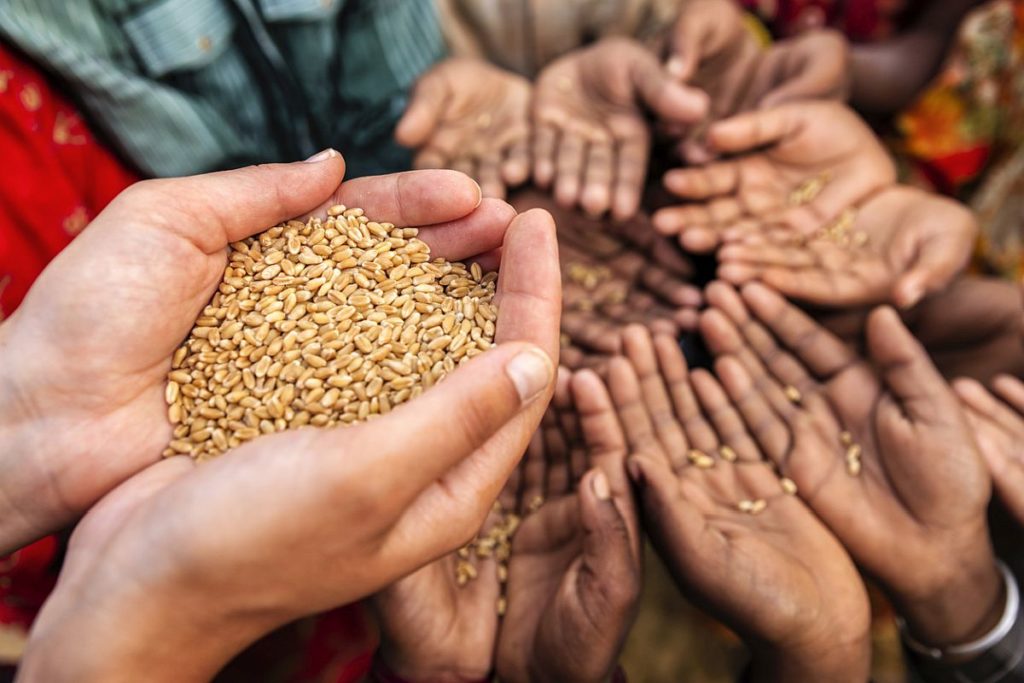
In 2019, the UN Secretary-General called on all sectors of society to join a Decade of Action with the aim of accelerating sustainable solutions for the world’s biggest challenges. This ongoing Decade of Action addresses multiple areas, ranging from poverty to climate change, and strives to deliver the Sustainable Development Goals (SDGs) by 2030. Unfortunately, with the Covid-19 pandemic still ravaging the world, the necessary attainment of these SDGs is facing a detrimental threat.
To a great extent, the poor are hurting the most as development made towards poverty eradication undergoes a sharp regression during the Covid-19 crisis. Nonetheless, even in the midst of such a challenging time, both governments and civilians must continue to work towards achieving this SDG. With comprehensive Covid-19 recovery policies, universal social protection for all social groups, and committed volunteerism, we can still save millions from poverty.
As countries begin to rebound in 2021, they will need to take urgent action to protect vulnerable populations and ensure a recovery which is inclusive, green, and resilient.
Victoria Kwakwa, Vice President for East Asia and the Pacific – World Bank
The Covid-19 pandemic is attacking every aspect of the poor’s wellbeing and livelihood. Our own people are suffering at this very moment. So without further delay, we earnestly call the whole of humanity to come together and help the world escape another deadly symptom of Covid-19: poverty.
IVolunteer International is a 501(c)3 tech-nonprofit registered in the United States with operations worldwide. Using a location-based mobile application, we mobilize volunteers to take action in their local communities. Our vision is creating 7-billion volunteers. We are an internationally recognized nonprofit organization and is also a Civil Society Associated with the United Nations Department of Global Communications. Visit our profiles on Guidestar, Greatnonprofits, and FastForward.
